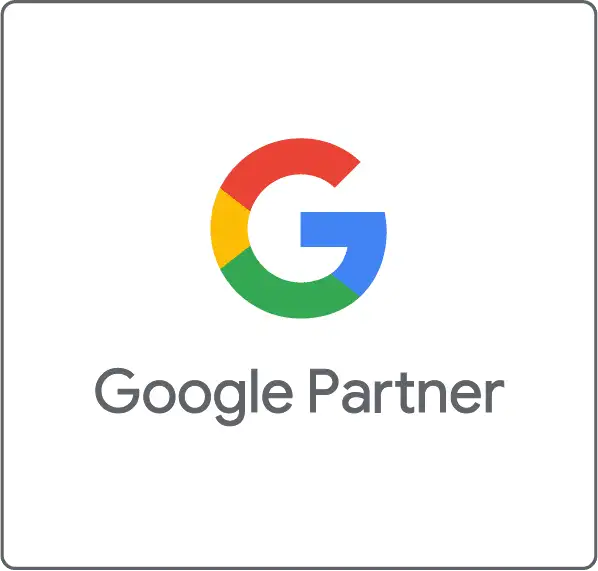In this series we are looking at advertising technology with a view of the programmatic landscape and demand side platforms, or DSPs.
Key to both of these components is data, so key that the definition of programmatic advertising is the use of software, data, and automation.
There are generally three types of data that can be discussed derived from advertising technology, and there’s a fair bit of variability inside each one.
There is first party data, second party data, and third party data.
There is contextual data, look a like targeting, and reporting data. In this video we’ll focus in on third party data since if forms overall the most robust volume of segmentation for the scale of campaigns.
Third party advertising technology data helps advertisers in demand side platforms really hone in on who their audience is, by buying through a data marketplace.
If you have access to one of the top demand side platforms buying through this data marketplace is much easier than you may imagine.
In fact, I was quoted in a Fast Company article saying that it’s “ridiculously easy” to target people based on transaction data, which is one of the many types of data available in these data marketplaces.
So, let’s dive in to how the data is created, why it’s useful, and how it’s different from data that exists in Google Ads and Facebook.
How The Data Is Created
Consumer web and physical world activities are being tracked with great precision. The rawest stage of the data comes from the trillions of events that are being tracked every time a person clicks something. On a digital device, loads a page, watches a video, engages with a like, goes to a store in the city, logs on to their email account, or sits down on a Roku binge of their favorite TV show.
These are the raw data sets that are collected by your favorite app, website, browser or digital device. Depending on the company that’s collecting this data one of two things happen: either the data is collected and sold, or it’s collected and used within the organization.
The next step of the process is refinement. Let’s take Facebook for example. Have you ever noticed that when you travel to a new place, that you’ll start seeing ads for local businesses?
When I go to Hawaii and I’m on Facebook in the hotel I’ll see ads for local restaurants and tour boat operators. This can happen because Facebook is tracking my physical location. The app knows that I’m in Hawaii, and not Los Angeles.
In Facebook’s case the app is giving me relevant ads based what it imagines are my interests. Considering that the app sees me mostly in LA, and not all of a sudden it sees me in Hawaii, it determines that I’m on vacation, and that I will want to do vacation types of things, like eat at local restaurants and go on a boat tour.
Then, it matches up ads from local businesses who are trying to reach travelers to Hawaii based on a variety of targeting parameters. In this example, Facebook is a fully integrated vertical supply chain. That is to say, that Facebook harvests location data from an app it owns and uses it for the benefit of their company.
A different app, for example, Pandora, may collect different types of data, such as my musical interests, and sell it to other companies, like Facebook. If Pandora participates in this practices, they will collect the raw data and sell it to other companies who can use it for various advertising purposes.
What Pandora sells are large and unfiltered data sets that by themselves are not very interesting. Think about the last time you baked a cake. 1 cup of white sugar, 1/2 cup butter, 2 eggs, 2 teaspoons of vanilla extract, 1 and 1/2 cup of all-purpose flour, etc, isn’t that interesting, but combined in the right order and baked with the right settings, and you have a really great tasting cake.
The raw data sets are the ingredients, and the data companies pull together the ingredients for their own custom recipe of data sets that meet the company’s needs, and adhere to consumer privacy rules. This is the refinement stage of advertising technology.
Then, finally, you have selling stage, where, in one platform alone, there are an estimated over 500,000 different audience segments available to me as a media buyer. These are data sets that are prepared, organized, named, priced, and ready for me to point, click, and buy through a demand side platform.
Some of the name brands that are in this store include Oracle, Acxiom, Nielsen, Experian, Mastercard, Visa, Forbes. In total, at last count, there were over 160 different branded data stores in just one DSP platform.
So, that’s how data is made.
Why This Data Is Useful
All of this targeting is super useful because it helps businesses grow. The old world of advertising, before this data existed and was easily accessible, was much more broad, and much less effective.
I remember working on a movie for Sony Pictures and we had to reach men, so we bought ads on ESPN and New York Times websites. These were to be affluent men, who were interested in competition, news, and politics. Ok, that’s a little bit more interesting and nuanced in the approach, but it still wasn’t particularly targeted.
With these data sets our targeting capabilities are much more specific. If I want to reach men in 2020 I can target men based on their affinity to buy a particular product or service. I can reach men who are also fans of the show Homeland on Showtime, or men who are dog parents, or men who are also single, over $100k household income, who drink Kombucha.
This means that advertising is much more specific, the messages to the consumer are much more relevant, and advertising is much more effective, than say how advertising happened in 2004, when I had my first ad agency job.
This type of really granular targeting is one reason why Facebook and Google are so dominant. They have, albeit different, but still very granular types of data.
How This Data Is Different Than Facebook And Google
So, how is this data ecosystem different than targeting on Facebook and Google?
Facebook and Google are walled gardens. This really means that in a lot of ways Facebook and Google won’t let other companies access data that lives inside these platforms, which is a challenge for things like attribution, and integration into the larger advertising ecosystem.
And, in the case of data, they generally cultivate their own data sets, and sell their own data targeting. This means that Facebook and Google are able to target people based on the data that Facebook and Google have, and not the data that’s available from those 160 different companies that I mentioned before.
What’s interesting here, is that in 2017, when Mark Zuckerberg testified in front of Congress about the Cambridge Analytica scandal, they had integrated with some data companies like Acxiom. It was possible in Facebook to buy ads from Acxiom if you were buying through Business Manager.
But, one of the outcomes of Cambridge Analytica scandal was that Facebook disconnected the integration with big data companies like Acxiom. So today, on a self service basis, the way to access data from the vast trove of data companies, is to buy ads through demand side platforms.
In future videos we’ll talk about the other types of advertising technology, the data available, and how that data is used, including remarketing, look a likes, contextual targeting, and second party data.



